The Hottest Hearing Aids New Technology And Trends
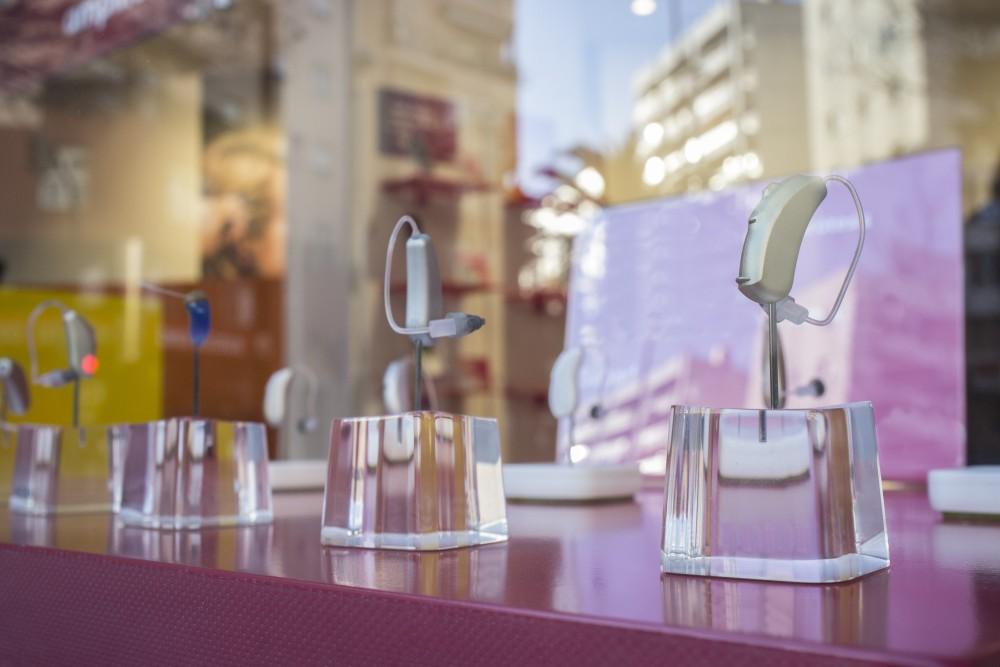
From smaller designs to more advanced technology and features, there is no doubt that the past few decades have been just the beginning of the hearing aid industry. With new models coming out every season and most hearing aids only lasting around 5 years, it is important to be in-the-know so you can receive as many benefits as you can. Let’s take a look at some new hearing aids technology!
Recent Technology and Improvements
Rechargeable Hearing Aids
There have been rechargeable hearing aids in the past, but the technology for building smaller and more efficient batteries (due in large part to the surge of smartphones) has given way for even smaller hearing aids to part ways with old fashioned battery cells.
The hassle of fumbling with tiny batteries and the danger of having children or pets swallowing the tiny objects is mainly a thing of the past; a majority of modern hearing aid models offer convenient and easy rechargeable battery models.
Smartphone Connectivity & Apps
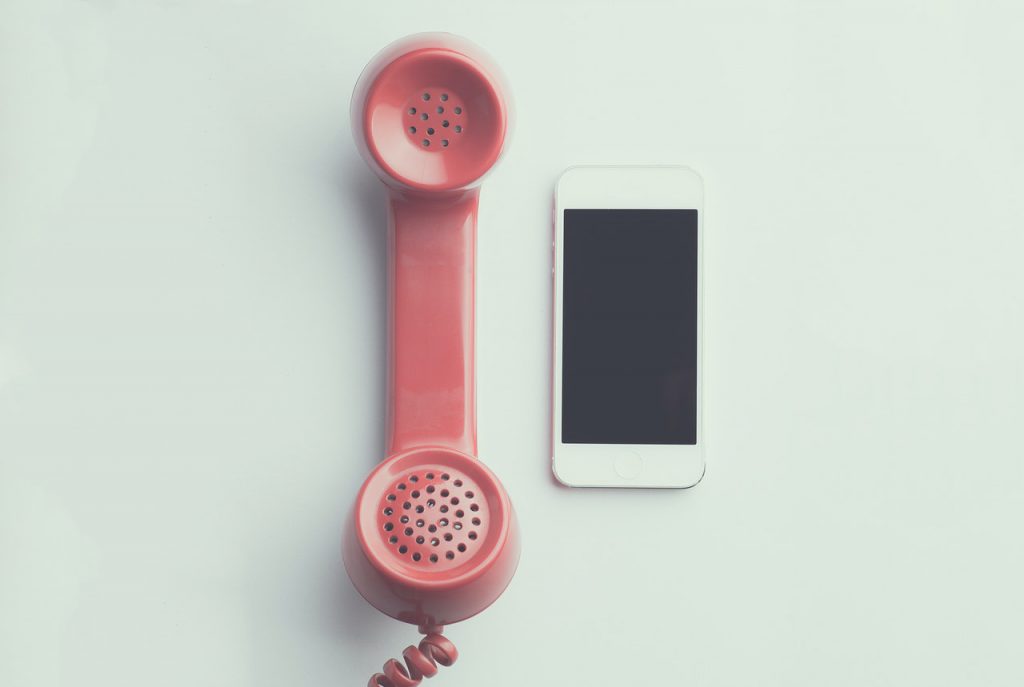
Some of the latest hearing aids are able to connect wirelessly to smartphones, bringing a host of benefits such as clearer phone calls and improved functionality. iPhone’s specifically contain a ton of features and offer improved compatibility with a host of hearing aids; make sure you’re getting the full value out of your hearing aid & iPhone today!
Don’t forget that among the millions of apps offered online, there are many specifically designed for people with hearing loss. Users can make changes to improve their hearing performance in real life and in real-time.
Voice Processing
Do you think your voice sounds “weird” when heard through hearing aids?
If so, you’re not alone! Because there is an increase in the loudness of the user’s voice when their ear canal is blocked by the hearing aid, sometimes the hearing aid can create an unnatural perception of a person’s voice.
Because this “problem” may lead to patients avoiding wearing hearing aids, some of the newer hearing aids can detect the wearer’s voice and process it separately from external sounds, giving you the voice you’re used to.
Health and Wellness Monitors
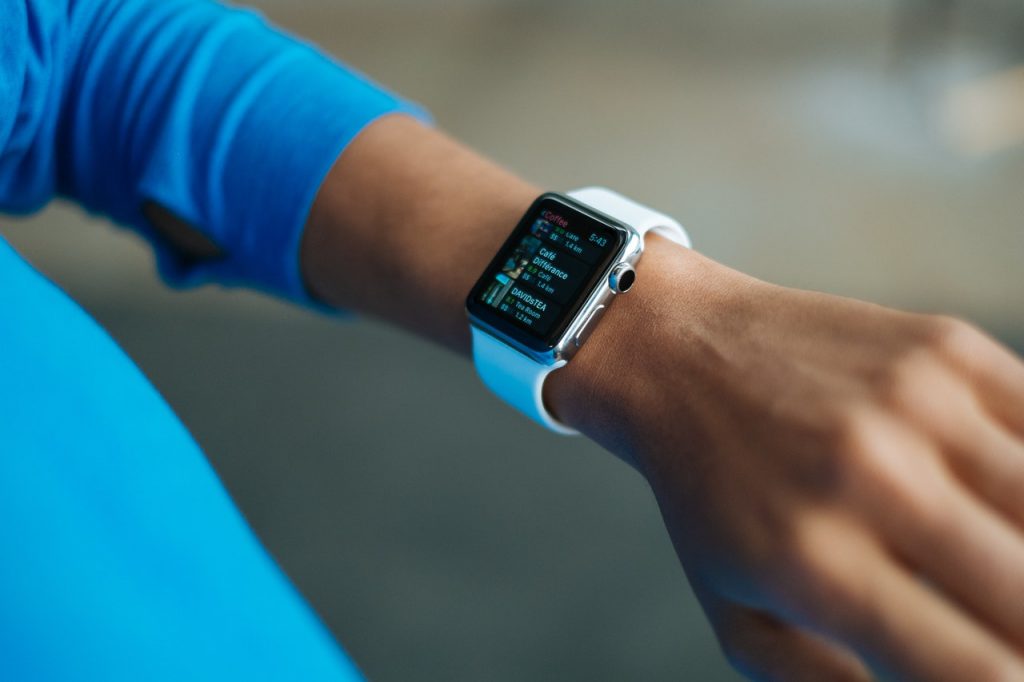
Long before Apple Watches started measuring your heart rate, hearing aids were the original health wearables. Some new models can monitor physical activity as well as vital signs like body temperature and blood pressure.
Some devices even gauge your connection to other people by detecting when you are speaking to someone else. This helps health care professionals and family members to monitor how much the user is interacting with people, an important measure to potentially stop dementia or depression.
Fall Detectors
There are statistics that say people with hearing loss have a 300 percent increased risk of falling. Some recent hearing aids can detect and sound notification to emergency contacts when a fall is about to happen. This cannot stop users from falling, but it can significantly help with the aftermath of a fall.
Tinnitus Masking Features
The most sophisticated hearing aids often come with tinnitus masking features. An audiologist or other hearing care provider can program them to emit sounds that mask the tinnitus or ringing in your ears.
Although for many suffering from tinnitus, simply amplifying the sounds you’ve been missing with a hearing aid can help minimize tinnitus, which often develops when a person experiences age-related hearing loss.
Binaural Processing
Binaural processing means that a pair of hearing aids communicate wirelessly with each other. This technology mimics the brain’s ability to process information coming from both ears (also known as binaural hearing) and helps reduce manual adjustments. It is most commonly used to keep the hearing aids synchronized or to stream auditory signals from one hearing aid to the other.
Imagine being at a busy restaurant with sounds coming from all direction. You’re trying to focus on your friend across the table, but sound is coming from in from all over. If you’re wearing hearing aids with binaural processing, the device can reduce sounds coming from other sources like silverware clanking and other customers behind you while amplifying and shaping the speech signal from your friend.
Upcoming Trends and What to Expect
Artificial Intelligence and Active Language Translation

With almost every smartphone starting to incorporate some kind of artificial intelligence, hearing aids are about to join the club as well.
Manually changing the settings every time your environment changes may soon become something of the past with artificial intelligence “learning” your preferred settings and automatically adjusting when entering a new environment.
Some of the higher-end hearing aids may have the ability to translate languages as well! Aside from being an absolutely amazing feature that anyone (regardless of hearing loss) would love, some patients feel anxious to speak to people after they get their first hearing aids; having that cool feature or extra confidence may help with that first step forward they need to take.
These are examples of features that will most definitely reduce the stress that comes with wearing hearing aids and lead to more seamless integration of hearing aids to anyone’s lifestyle.
Updated Bluetooth
Do you notice your battery draining when you connect your hearing aids via Bluetooth?
This is a common problem with devices using current-gen Bluetooth. Although the perks are substantial, current-gen Bluetooth uses a lot of power to communicate with connected devices.
At CES 2020, the Bluetooth Special Interest Group announced what it calls the next generation of Bluetooth audio, LE Audio. The new standard will enhance overall audio performance over a Bluetooth connection, increase power usage efficiency, add support for more hearing aids, and add other new useful features.
More Earbud Than Hearing Aid?
Perhaps the most visually noticeable trend, hearing aids and earbuds are beginning to cross over into each other. Hearing aids designed with a more modern, earbud-looking aesthetic and earbuds with hearing enhancing or hearing aid-lite features are beginning to pop up on the market, creating more options than ever before.
Take Olive Union’s “Olive Pro” for example. Designed to look like a modern Bluetooth earbud and full of all the features one would expect, including Bluetooth Hi-Fi music listening, Bluetooth phone calls, and touch controls. Despite the appearance, the Olive Pro is first and foremost a hearing aid! FDA registered and a grade 2 medical device, the Olive Pro is an affordable and attractive option for those with mild to moderately-severe hearing loss.
Take Advantage of the New Hearing Aid Technology Available Now!
If you own hearing aids that are several years old, hearing aids with new technology are here, and they bring clearer sound, greater personalization, better comfort, and expanded functionality.
By taking advantage of these advancements and new technology, your hearing aids can further enhance your hearing and your life.
If you wish to know how to choose the right hearing aids for you, please consider reading our 8 Things to Consider When Purchasing Hearing Aids article!
This article was written using the following reliable sources:
https://medicalfuturist.com, https://www.connecthearing.com, https://www.aarp.org ,https://www.healthyhearing.com, https://www.newschannel5.com
The post The Hottest Hearing Aids New Technology And Trends appeared first on Olive Union.

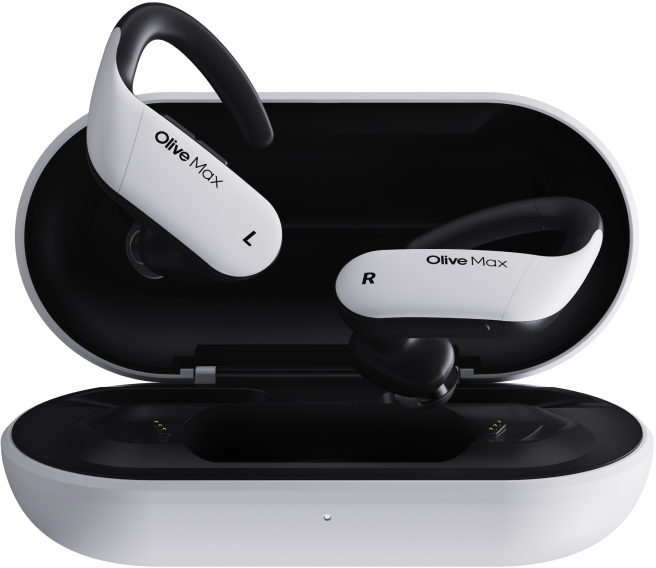



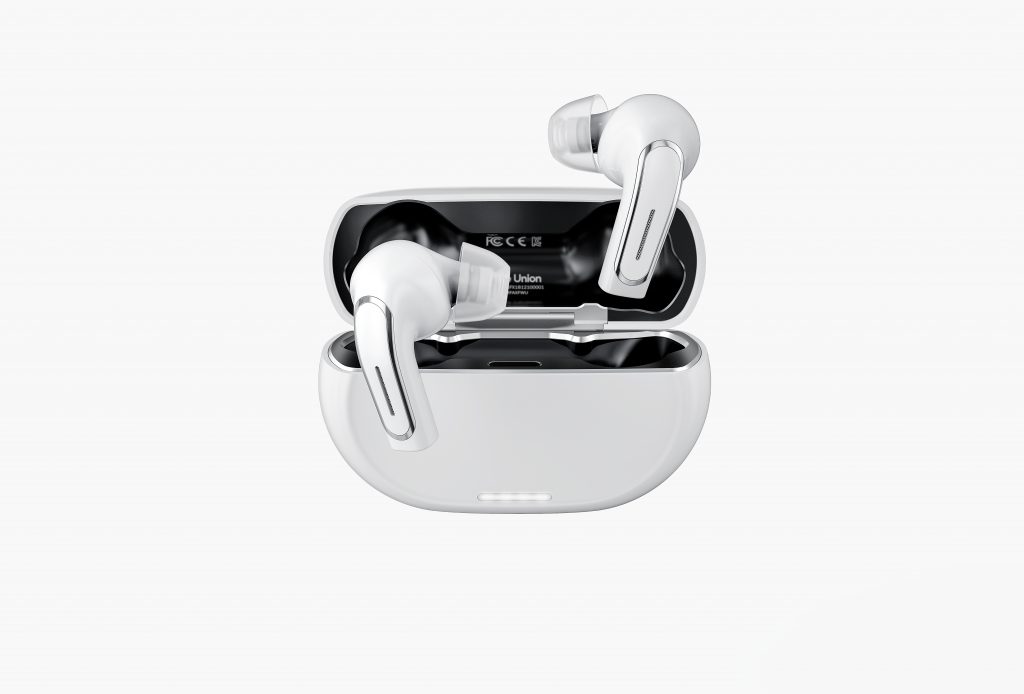
 Everyone has had or dealt with dry skin at some point in their lives. It can be caused by the environment, allergens, lifestyle decisions, and many other varying factors and can be quite a nuisance to deal with, even painful. Similarly, the same can be said for dry ears. Similar to how skin produces oil […]
Everyone has had or dealt with dry skin at some point in their lives. It can be caused by the environment, allergens, lifestyle decisions, and many other varying factors and can be quite a nuisance to deal with, even painful. Similarly, the same can be said for dry ears. Similar to how skin produces oil […] Web designer is a particularly accessible job for the hearing impaired as well, because most of the communication involved tends to be digital. Salary...
Web designer is a particularly accessible job for the hearing impaired as well, because most of the communication involved tends to be digital. Salary...
